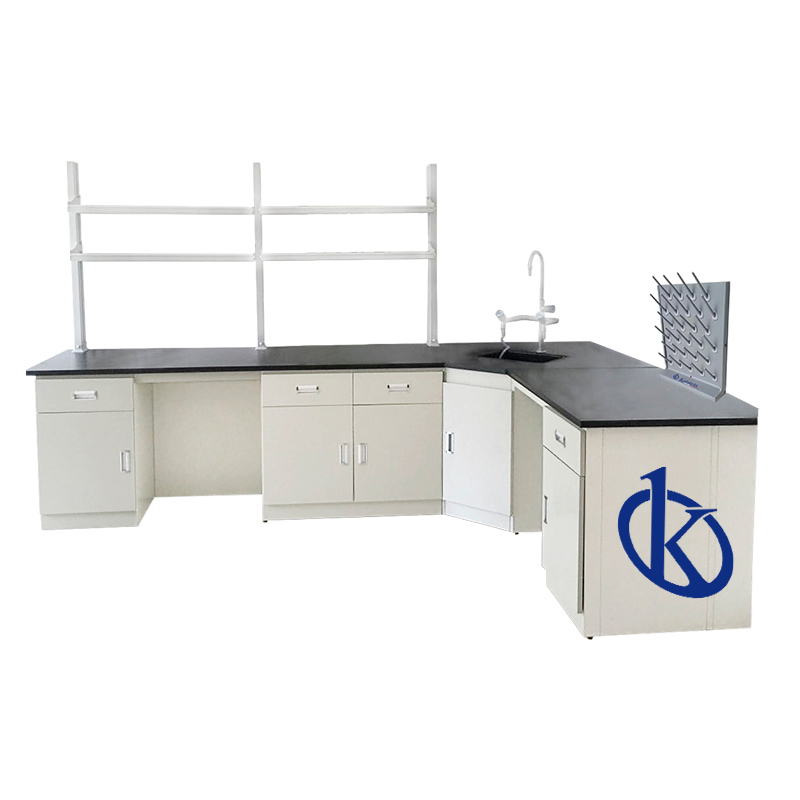Lab furniture is a critical part of any learning experience, not only for students but also for teachers and other participants. Furniture can help maintain order, provide information, define the layout of spaces, and enhance the overall environment. Because of this, both the proper design and maintenance of laboratory furniture is essential to ensure a quality and successful learning experience.
However, there are a number of factors to consider when designing a laboratory. Student and teacher safety, space, ergonomics, economy, aesthetics and other aspects must be considered. The purpose of this article is to delve into these factors to better understand how laboratory furniture can enhance the learning experience.
Types of Laboratory Furniture
Typically, laboratories are used for teaching science, technology, engineering and mathematics. To that end, a variety of equipment, furniture and storage are required to house them. The main types of laboratory furniture include:
– Shelving. Shelving is essential for storing laboratory equipment. They must be easy to use, sturdy and secure. In addition, there should be enough space for students to move products around the lab.
– Desks. Desks are another important form of laboratory furniture. Teachers need space to work with their students, and students need adequate lighting and space for their work. Therefore, desks should be designed to provide comfort and safety for both teachers and students.
– Chairs. Chairs are key to ensuring student comfort. They should be designed to facilitate proper movement, ensure an ergonomic position and, at the same time, allow a good view of the board.
– Stools. Stools are essential for teaching in laboratories. They must be designed to provide adequate support for students when sitting or standing.
Benefits of Laboratory Furniture
The benefits of laboratory furniture go beyond simplicity and ergonomics. When furnishings are well designed and properly installed, they can significantly enhance the learning experience. These benefits include:
– Improved safety. Proper furniture can help ensure the safety of teachers and students. This is especially true in laboratories that contain chemicals and other hazardous materials. Lab furnishings should be designed to allow movement in the lab safely.
– Improves organization. Proper furnishings help maintain order in the laboratory. This facilitates cleaning and maintenance. In addition, the furniture should be organized in such a way that students are able to easily find the materials they need for their work.
– It improves motivation. Professional and modern furniture helps inspire students. State-of-the-art furniture can help students feel confident and help teachers convey more enthusiasm for their work.
– Improve the environment. Good furniture can also help improve the aesthetic environment of the lab. This can provide a warmer and more welcoming learning environment.
Design and Installation Strategies
Properly designed furniture should meet the requirements of each laboratory. This means that its features must be adapted to the space, the age of the students, the equipment required, and the teaching objectives. Faculty and other professionals must work together to identify the requirements and design furniture with those characteristics. HERE
In addition, it is important to ensure the correct installation of the furniture. This means ensuring that furniture and equipment are properly positioned, and that the impact on lighting, airflow and space has been considered. It is also important to assess the safety of students to avoid injury. HERE

